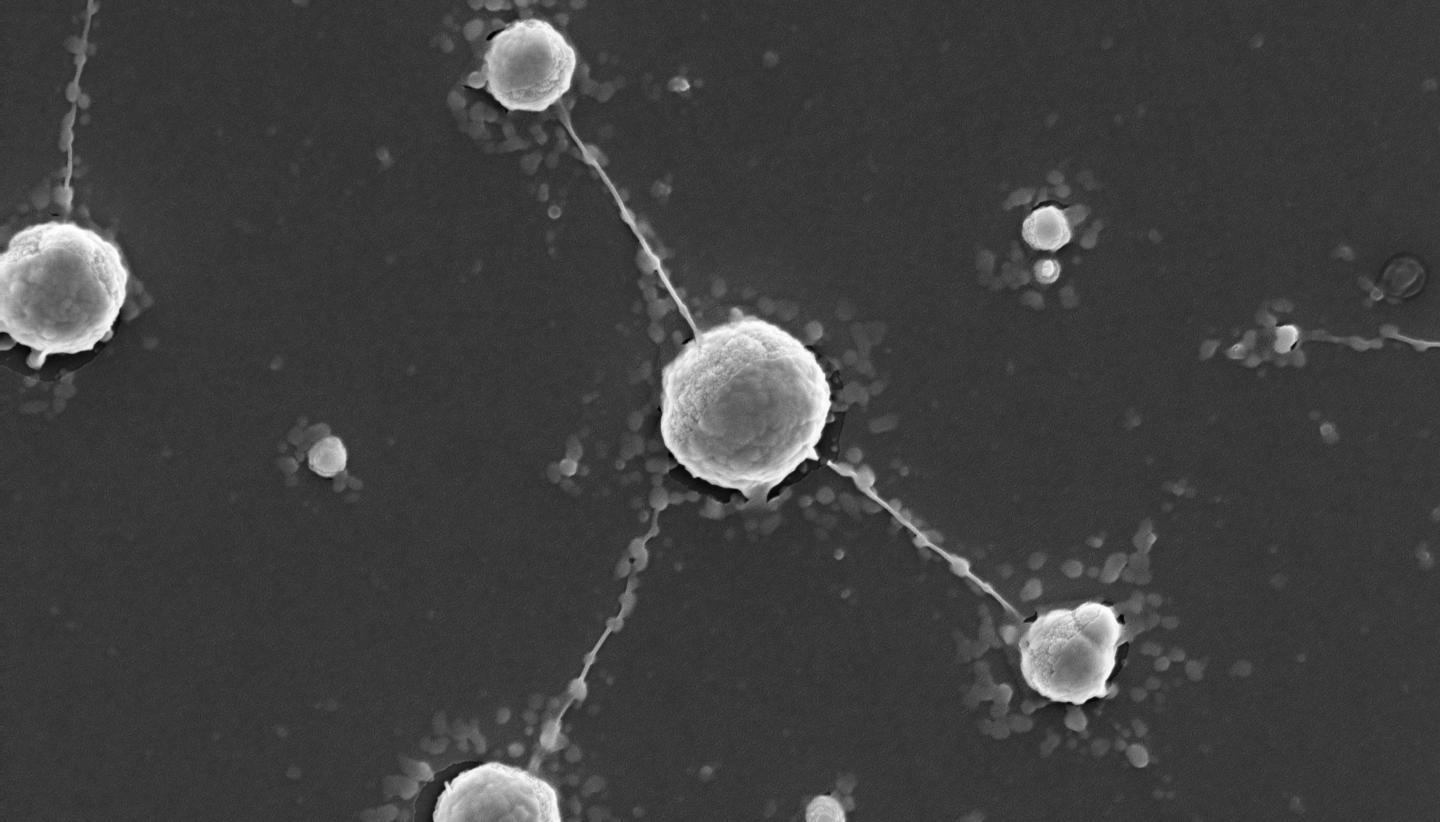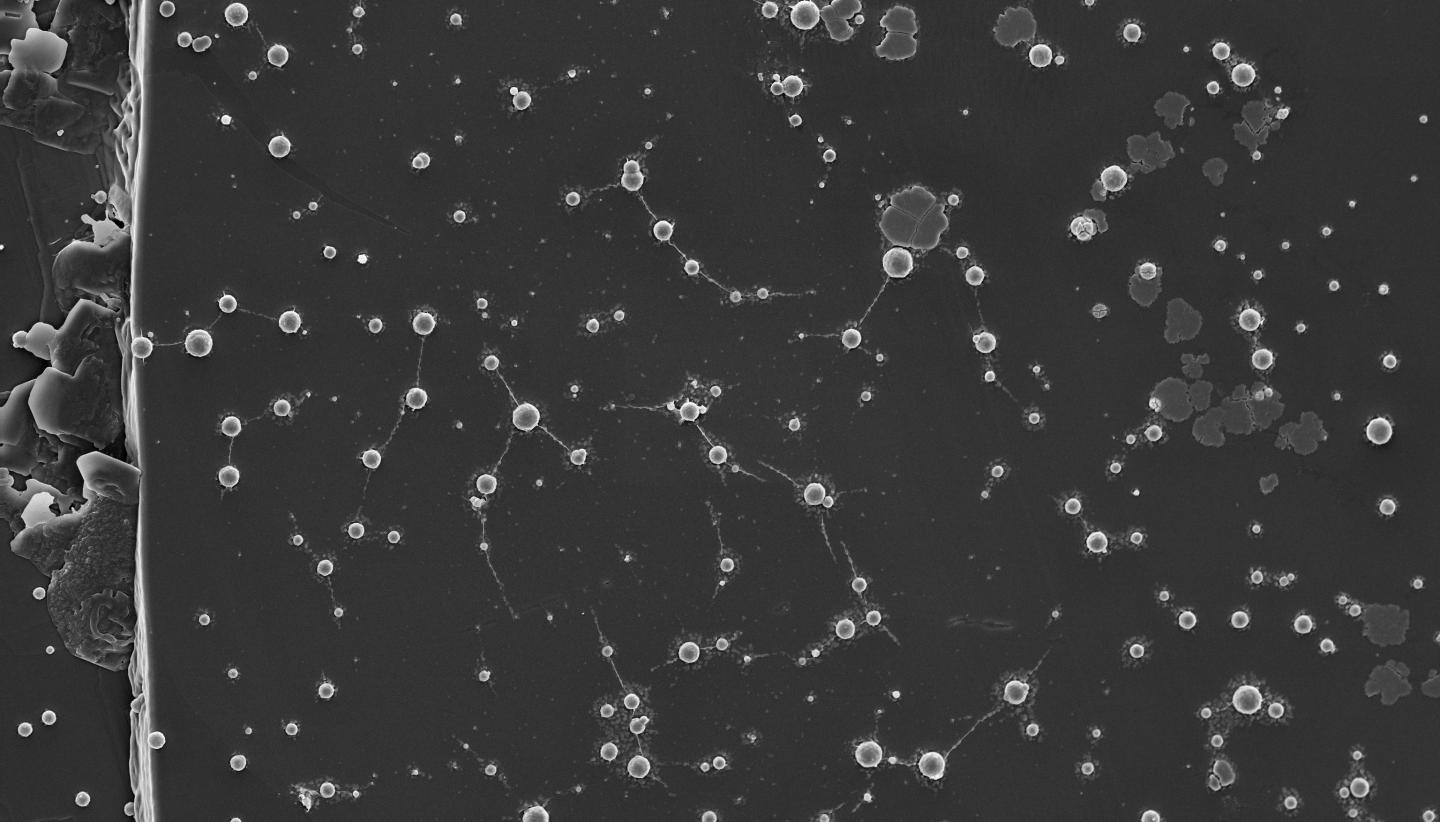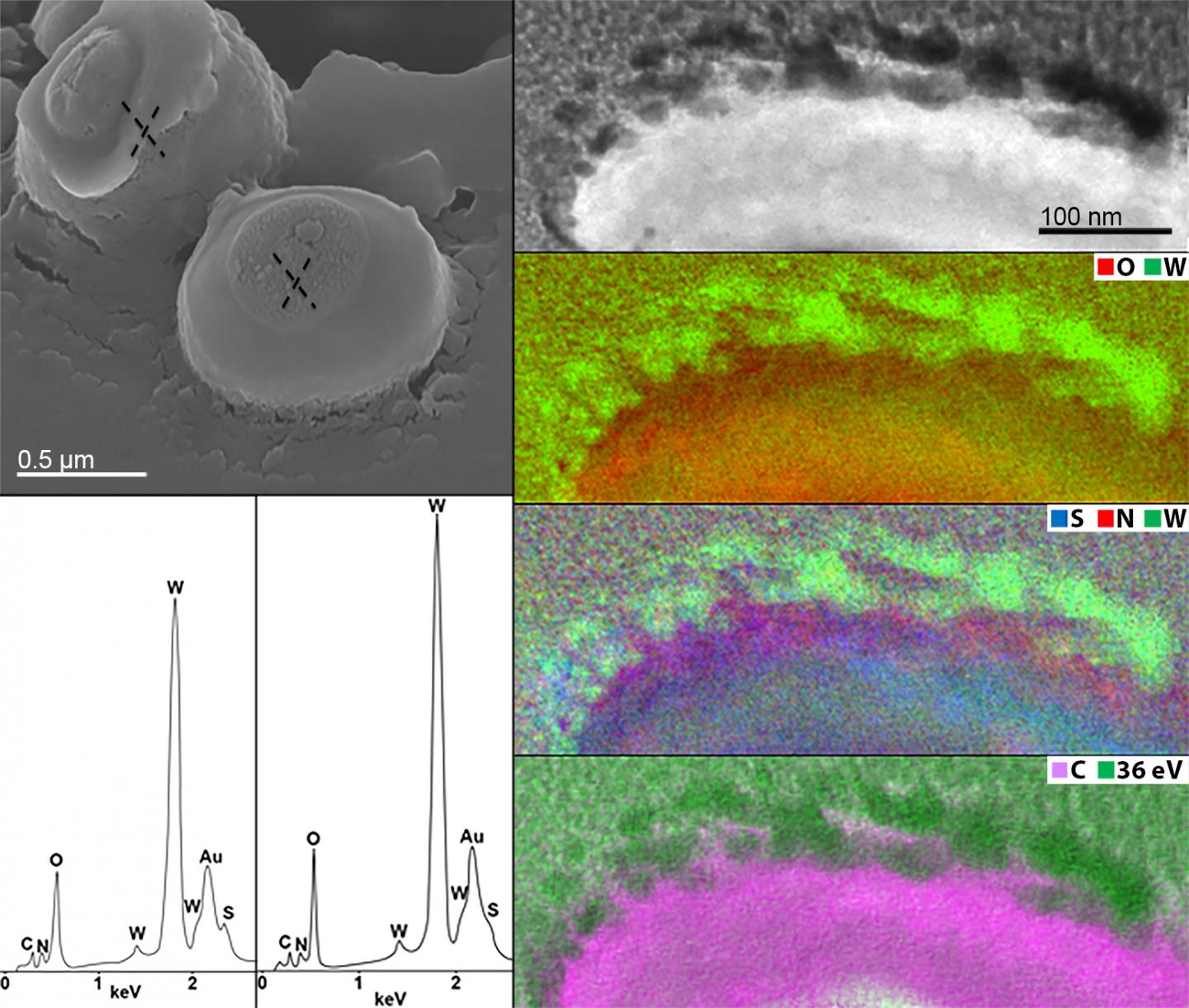Do bacteria use tungsten for protection from interstellar radiation?
Tungsten is a heavy metal with impressive properties: the white, shiny material doesn’t melt until the temperature is at 3422 °C and doesn’t boil until 5930 °C. It is resistant to almost all acids and has approximately the density of gold. It is also interesting that all its natural isotopes are theoretically unstable. Their half-lives, however, are on the order of trillions of years, so their decomposition is not measurable on our time scales.
Humans have used tungsten to construct light-bulb filaments for incandescent and fluorescent lights. In the carbon compound, tungsten carbide, it is almost as hard as diamond, which is why it is indispensable in tool manufacturing and design. But even microorganisms seem to know there’s something useful about this stuff. Some organisms, for example, thermophilic archaea and akaryote organisms, have adapted to the extreme conditions of tungsten environments and have found a way to assimilate tungsten. This has been studied in more detail by a team led by Tetyana Milojevic from the Chemistry department at the University of Vienna.
The researchers studied the microorganism, Metallosphaera sedula, which thrives in high temperatures and acidic environments and was grown with special tungsten-bearing compounds. These compounds were so-called polyoxometallates (POMs). They are considered inorganic cells that simplify pre-life chemical processes and also display life-like properties. But are POMs also relevant to life-sustaining processes, such as breathing? “Using specimens of Metallosphaera sedula, which flourishes in hot acid and respires by metal oxidation, we studied whether complex inorganic systems based on tungsten-POM clusters can sustain the growth of M. sedula and generate cell proliferation and division,” explains Milojevic.
In this way, the scientists proved that the use of tungsten-based inorganic POM clusters had the result that different tungsten compounds were incorporated into the cells. But there’s even more: “Our results show that M. sedula covered with tungsten carbide-like compounds can form a tungsten-bearing mineralized cell surface,” explains biochemist Milojevic. The M. sedula cells form something like a tungsten crust that might help the microbes have a better chance of surviving under harsh conditions, for example, during an interplanetary journey. The tungsten layer here acts as effective protection against radiation, the researchers think.


